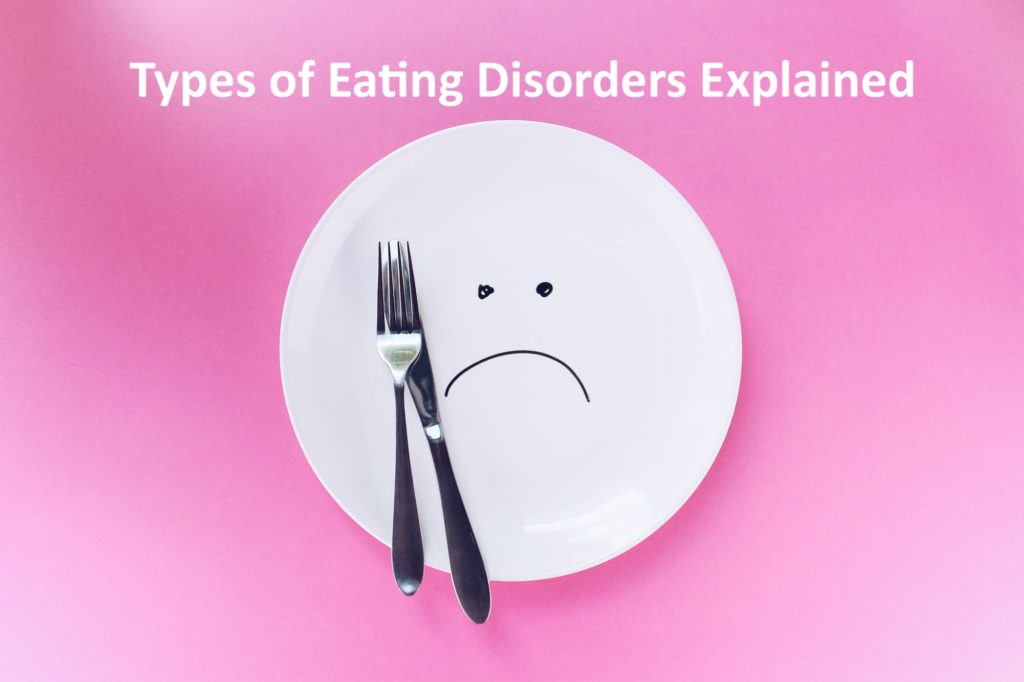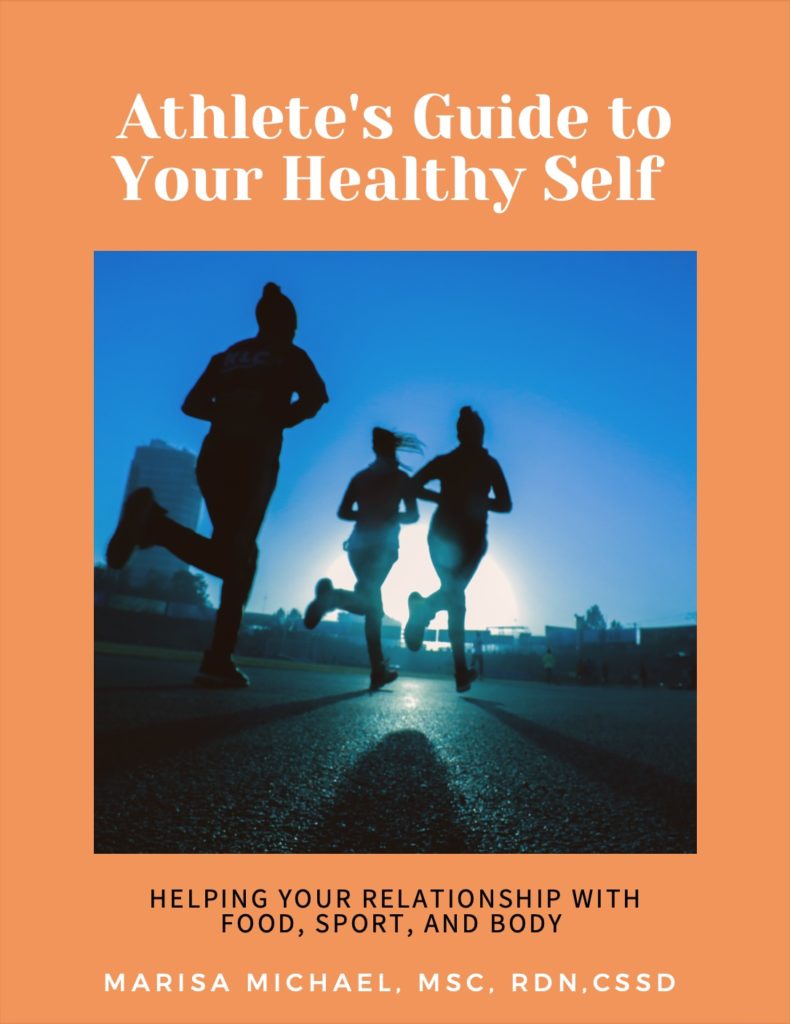ANOREXIA NERVOSA

When most people think of anorexia, they picture a woman so thin their skeleton is visible. However, anorexia can be manifested in people in larger bodies, as well as all genders, ethnicities, and socioeconomic classes.
Anorexia nervosa is a serious mental illness in which the person suffering from it restricts their food, sometimes only to a few hundred calories per day, coupled with a strong drive for thinness. If the restriction is severe and persistent, it can have lasting health implications, including permanent damage to bones, brains, and fertility.
It has the highest mortality rate of any mental illness, and some suffering from anorexia even commit suicide. Acute health complications can be severe and life-threatening. People experiencing anorexia, and any eating disorder, need immediate and comprehensive treatment in order to recover.
Here are some signs and symptoms of anorexia:
- Rapid and/or extreme weight loss
- Behavioral changes
- Mood disturbances
- Attempt to purge calories by laxatives and/or excessive exercise
- Hair loss or thinning
- Sensitivity to cold
- Fatigue
- Lost or irregular periods
- Dizziness, especially when going from sitting to standing
- Strange eating habits or food rituals, such as separating all foods on the plate, or cutting up food into tiny pieces
- Intense fear of becoming fat
- Obsession with eating, counting calories, or any kind of diet
Health complications from anorexia can include:
- Irregular heart rhythms and cardiac arrest
- Heart, kidney, or liver failure
- Loss of bone density, osteoporosis, and increased risk of fracture
- Gastrointestinal issues, such as bloating, constipation, malabsorption, and food intolerances
- Loss of period or irregular periods
- Infertility
- Anemia
BULIMIA NERVOSA
When people usually hear the word “bulimia,” they often think of someone vomiting after eating in order to maintain or lose weight. This is one aspect of bulimia, but it also includes more symptoms and behaviors. Often people suffering from eating disorders may experience both restriction, purging, and other behaviors that don’t quite neatly fit into a diagnostic category.
People suffering from bulimia have a pattern of “bingeing” where they overeat a huge quantity of food in a short amount of time, then “purge” by either vomiting, laxative use, excessive exercise, diuretics, or a combination of these things. Often bulimia also has an aspect of body dysmorphia, meaning they dislike their body image and want to be thinner.
Like anorexia, bulimia carries serious health risks and long-term health complications if not treated correctly and promptly.
Some signs and symptoms of bulimia are:
- Consuming large amounts of food, usually rapidly and in secret with feeling of loss of control (this is a binge)
- Guilt and shame associated with the binge episode
- Slow heart rate
- Dizziness and/or low blood pressure, especially when going from sitting to standing
- Vomiting, spitting food out, laxative, and diuretic use
- Swelling in the cheeks or jaw (from vomiting)
- Scars on the backs of the hands (from vomiting)
- Frequent use of the bathroom after meals (to go vomit)
- Fear of gaining weight
- Change in social routines or withdrawal from friends and family
- Worsening performance at school, sports, work, or other activities
Health complications from bulimia can include:
- Irregular heartbeat
- Heart failure
- Electrolyte imbalances
- Dehydration
- Edema (swelling in ankles from water retention)
- Ulcers
- Pancreatitis
- Tooth decay and esophageal damage from vomiting
- Digestive problems
- Fatigue
BINGE EATING DISORDER (BED)
Binge eating disorder is a bit different than bulimia. A person suffering from BED would not try to purge or compensate for the binge by using vomiting, laxatives, diuretics, or compulsive exercise.
Here are some signs and symptoms of BED:
- Eating very rapidly
- Eating until feeling very full, uncomfortably so
- Eating large amounts of food even when not hungry
- Eating alone to hide the amount of food eaten
- Feelings of guilt, embarrassment, shame, or disgust with oneself after bingeing
Here are some health consequences that can occur with BED:
- High cholesterol
- High blood pressure
- Increased risk for heart disease and Type 2 diabetes
- Gastrointestinal problems, such as constipation, diarrhea, and acid reflux
ORTHOREXIA
Orthorexia isn’t an official eating disorder diagnosis, but it’s worth mentioning here because it seems to be so prevalent. I see orthorexia all the time to varying degrees in my private practice. Orthorexia is a non-medical, non-specific term that was invented by Dr. Stephen Bratman to describe the pursuit of “clean,” “healthy,” or “perfect” eating to the extent that it would interfere with someone’s day-to-day life. This obsession with healthy eating is so strong that it becomes disruptive to a person’s life and health.
Dr. Bratman has developed a self-assessment quiz designed to detect if you are developing (or have) orthorexia.
1) I spend so much of my life thinking about, choosing and preparing healthy food that it interferes with other dimensions of my life, such as love, creativity, family, friendship, work and school.
2) When I eat any food I regard to be unhealthy, I feel anxious, guilty, impure, unclean, and/or defiled; even to be near such foods disturbs me, and I feel judgmental of others who eat such foods.
3) My personal sense of peace, happiness, joy, safety, and self-esteem is excessively dependent on the purity and righteousness of what I eat.
4) Sometimes I would like to relax my self-imposed “good food” rules for a special occasion, such as a wedding or a meal with family and friends, but I find that I cannot. (Note: if you have a medical condition in which it is unsafe for you to make ANY exception to your diet, then this item does not apply).
5) Over time, I have steadily eliminated more foods and expanded my list of food rules in an attempt to maintain or enhance health benefits; sometimes, I may take an existing food theory and add to it with beliefs of my own.
6) Following my theory of healthy eating has caused me to lose more weight than most people would say is good for me or has caused other signs of malnutrition such as hair loss, loss of menstruation, or skin problems.
A “yes” answer to any of these questions means you may have or be developing orthorexia.
*Used with permission from Dr. Steven Bratman
Other signs and symptoms of orthorexia are listed on the National Eating Disorder Association website. Here is their list:
- Compulsive checking of ingredient lists and nutritional labels
- An increase in concern about the health of ingredients
- Cutting out an increasing number of food groups (all sugar, all carbs, all dairy, all meat, all animal products)
- An inability to eat anything but a narrow group of foods that are deemed ‘healthy’ or ‘pure’
- Unusual interest in the health of what others are eating
- Spending hours per day thinking about what food might be served at upcoming events
- Showing high levels of distress when ‘safe’ or ‘healthy’ foods aren’t available
- Obsessive following of food and ‘healthy lifestyle’ blogs on Twitter and Instagram
- Body image concerns may or may not be present
OTHER SPECIFIED FEEDING AND EATING DISORDERS (OSFED)
OSFED refers to other eating disorders that don’t quite meet the diagnostic criteria for other ones. Eating disorders are a messy business and not everyone falls neatly into a diagnostic category. OSFED includes compulsive exercise and body dysmorphic disorder.
This is where a person has a distorted image or obsession over their weight and body shape to the point that it interferes with normal functioning. Large amounts of time and/or money may be spent on changing the body through diet, exercise, surgery, and/or cosmetic procedures.
Here are some signs and symptoms of OSFED:
- Dieting by restricting calories or whole food groups
- Excessive exercise
- Purging with laxatives, diuretics, vomiting, or excessive exercise
- Distorted body image
- Strange food behaviors such as cutting food into tiny pieces or having many food rules
- Obsession with eating “clean,” “pure,” or “perfect”
- Shame, anxiety, and guilt associated with eating
- Hiding behaviors or feeling a loss of control over behaviors, such as eating to be overly full, hiding food, or bingeing at night when no one can witness the binge
Here are some health consequences that can occur with OSFED:
- Unintended extreme weight loss or gain
- High or low blood pressure
- High or low blood sugars (especially in those with diabetes)
- Missing nutrients in one’s diet
- Anemia
This SCOFF questionnaire was designed to detect whether a person has an eating disorder. Here are the questions.
- Do you make yourself Sick (vomit) because you feel uncomfortably full?
- Do you worry you have lost Control over how much you eat?
- Have you recently lost more than One stone (about 14 pounds) in a three-month period?
- Do you believe yourself to be Fat when others say you are too thin?
- Would you say that Food dominates your life?
One point for every “yes.” A score of ³2 indicates a likely case of anorexia nervosa or bulimia. Be sure to seek professional help. This is not an diagnosis.
If you suspect that you or someone you know is suffering from any of these disordered eating patterns, seek help from a qualified, eating-disorder-informed medical team. You’ll need to see a registered dietitian (not nutritionist), therapist, and medical doctor.


